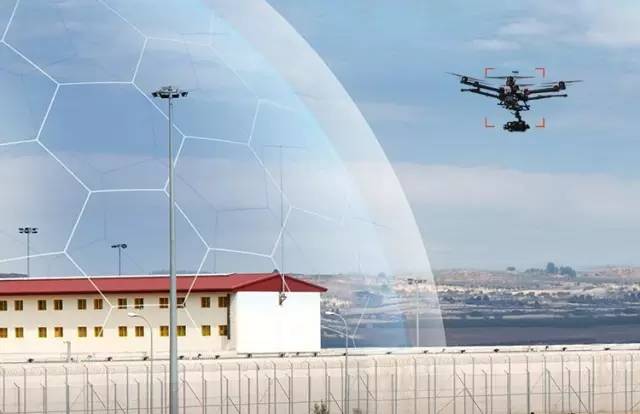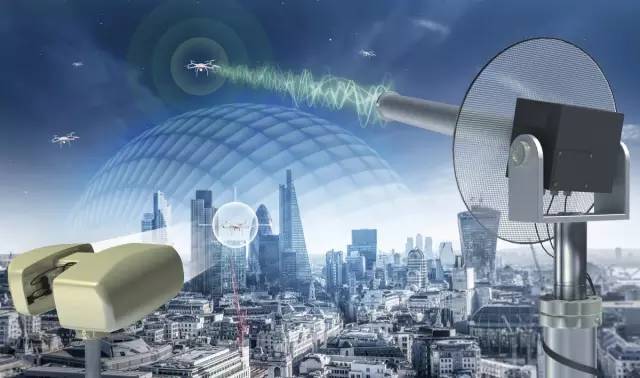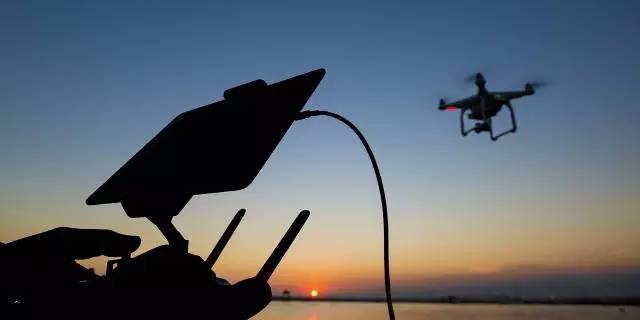News
Drone jammer principle Anti-drone drone key technology
Drone jammer principle



The key technology of anti-drone
At present, the anti-drone technologies of various countries are mainly divided into three categories.
First, the interference blocking category, mainly through signal interference, acoustic interference and other technologies to achieve.
Second, directly destroy classes, including the use of laser weapons, UAV counter-controlled drones and so on.
Third, monitoring and control, mainly through the hijacking of radio control and other methods.
The second type of technology is mainly used in the military field. The following discussion on the first and third types of anti-drone technology will discuss how to use information technology to counter consumer-class drones.
At present, all civil drones need to use radio technology to achieve positioning, remote control, image transmission and other functions. Of course, some special-purpose drones can use methods such as terrain matching, image recognition, and high-precision inertial navigation to determine their location and complete their tasks autonomously, but they have not yet been popularized in the civilian field. Since drones must use radio technology, they can interfere with the radio to achieve uncontrolled or reentrant drones.
At present, the essential parts of the drones are GPS positioning and remote control. If used for image capture or other test purposes, there must also be downstream graphics and telemetry communications. Radio height measurement and anti-collision equipment are also used occasionally.
UAV jammer composition and principle
The device consists of a handheld host and a battery pack. The handheld host is an integrated design of a three-band transmitter antenna, which can simultaneously generate unlicensed flight control interference signals and satellite positioning interference signals for the 2.4 GHz/5.8 GHz band, through the uplink flight control channel and satellite positioning channel of the UAV. Blocking interference causes it to lose flight control commands and satellite positioning information, making it unable to fly normally. According to the design of the drone, it will result in return control, landing and falling control effects.
In the offensive and defensive posture, there is usually a certain distance between the drone's manipulators and the sensitive areas that need to be fortified. The drone takes off near the manipulator and gradually flies to the fortification area. When the drone reaches the vicinity of the fortified area and is capable of effective detection or sabotage, the distance from the drone to the fortified area is usually much closer to the operator than it is to the drone.
In the above situation, all the uplink signals sent by the manipulator (from the ground to the drone) will be weak because of the distance. With the same power, the defender is closer to the drone and the signal will be stronger than the manipulator. Defenders will also receive stronger downlink signals than operators. However, the defensive goal of the downlink signal is to make it impossible for the operator to receive it. At this time, the distance from the drone to the manipulator is similar to the distance from the defender to the manipulator. Therefore, the blocking of the downlink signal does not occupy the terrain advantage.
From the above analysis, it can be seen that the interference of the uplink signal is more favorable. It happens that the uplink signal is usually a remote control signal and is directly related to the control of the drone. If the uplink signal is disturbed, the drone will lose instant control and can only be operated according to the procedure preset (usually landing or hovering). The downlink signals are mainly telemetry and images. Although sensitive information may also exist, it is less important than the control signal. Coupled with the fact that defenders do not dominate in the situation, they usually take a laissez-faire attitude toward the downlink signals.
GPS relies on medium-orbit satellites. In the popular sense, the signal has reached tens of thousands of kilometers to reach the surface of the earth. It has been very weak. Therefore, it is relatively easy to interfere with GPS signals when the drone is close to the defender. If you want to deceive it, you need to simulate GPS satellites with more complicated means, which will be much more difficult.

Signal interference
At present, the control of drones uses radio communication technology. By transmitting high-power interference signals to target drones and suppressing control signals, drones can be forced to land on their own or return.
The United States uses this principle. The gun mounts an electronic jammer on the frame of the rifle. Once the trigger is pulled, the jammer will send a full-range of jamming signals to the drone, causing the drone to escape the operator's control and receive no control signals. Automatically lands on the ground.
Once the drone signal is in a state of chaos, it usually has three options: drop to the ground, return to the operator, or drop steadily. This rifle has an effective range of 500 to 2000 meters.
GPS fraud
At present, most of the consumer drones will use GPS navigation for flight control under normal circumstances. The civilian GPS signal is non-encrypted, which leaves us with space available.
The main principle of GPS spoofing is to send false geographic coordinates to the UAV's control system to control the navigation system and induce the drone to fly to the wrong place. The GPS signal can be generated by the generator, or it can be recorded in advance and then played back. Since UAVs receive GPS signals always based on the signal with the strongest signal, ground-based GPS signals can cover the true GPS signals transmitted from space as long as the intensity is large enough to deceive the UAV. GPS receiver module.
At present, all countries have set no-fly zones in the core areas. Many drone manufacturers have set up drones with built-in firmware. In the no-fly zone, drones cannot take off, even if they reach the no-fly zone. Automatic landing. Therefore, as long as the ground-based GPS signal simulates the geographic location as the coordinates of the no-fly zone, the UAV can be forced to land on its own.
Radio Hijacking
Most UAVs currently use control signals at 1.2GHz, 2.4GHz, 5.8GHz, and other common civilian frequencies. With the rapid development of open source hardware such as Arduino and Raspberry Pi and the popularity of Software Defined Radio (SDR) technology, ordinary enthusiasts It is also possible to simulate the remote control sending a control signal to the drone using the hardware bought from the network and the software source code obtained from the forum, and cover the signal of the real remote controller so as to obtain the control right of the drone.
Hacker technology
Many drones use Wi-Fi to interact with mobile devices such as mobile phones and tablets. In this way, some hacker technologies that are already mature on the Internet can be directly applied to drones.
For example, through the open port or password guessing method in the UAV control system, the control system is implemented to control the UAV. Samy Kamkar, the legendary hacker who developed the "Sami worm," used this principle to write a drone hijacking software called "SkyJack" and installed the software to specially configured unmanned people. In the plane, SkyJack flies in the air and looks for other drones in the Wi-Fi range, and then invades the drone and takes control.








